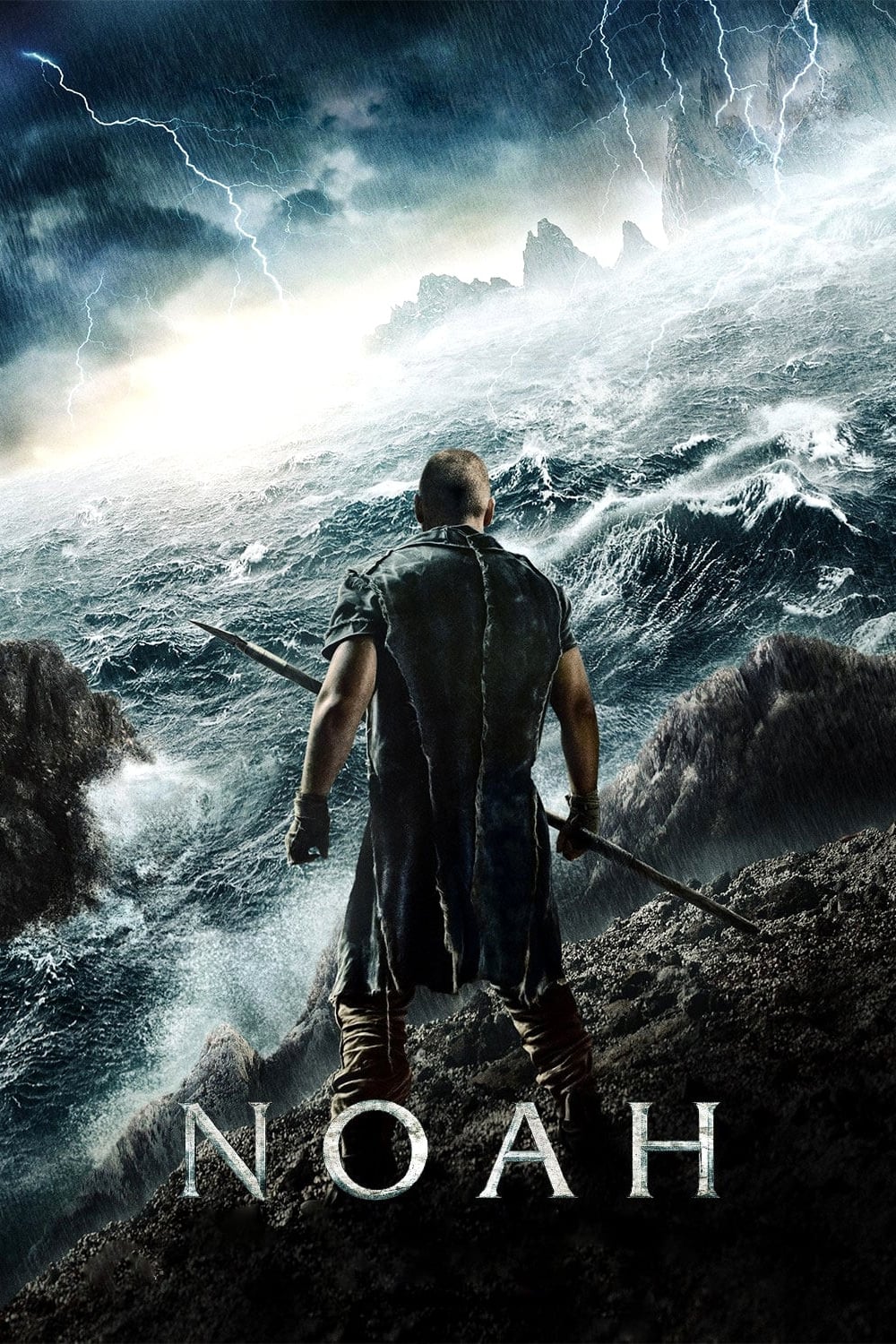
A man who suffers visions of an apocalyptic deluge takes measures to protect his family from the coming flood.
22 Feb Noah (2014)
Extended Myth, Extensible Missus
The last 40 minutes of this is a shift from epic to soap opera. Future viewers would be best advised to stop watching once the flood hits and the villains (but one) have been destroyed. Until that point, we have the sort of reverse noir that Aranofsky has been perfecting.
There is a magical being in this story, but he is not in the story. He manipulates random characters — everyone we see and know about just as the traditional noir audience would. That audience? We are placed directly in the film as the villains, or at least those with urges damaging enough to require purging. There is some very deep understanding of film narrative here, until that flood.
But the wonder in watching doesn’t stop there. The way sci-fi and fantasy usually works is that you take some representation of the world, the current world, and extend or add things until it becomes engaging and suits your narrative requirements. We have a well established vocabulary for being presented with these extensions and additions. We enter sci-fi movies with ease because of these conventions, and we do so noting them because they are likely to be salient.
Hey, what if you didn’t extend the current, real world? What if instead you started with a fantasy world and extended that? And you didn’t extend it in the way that original world differs from ours? What if there were a question about whether it did in the first place?
So, we start with a Bible story that no one fully believes is literally true. No one, because the weight of its truth would crush us.
Instead, a common belief is that God never was purely an angry, disappointed creator, or that he once was but changed somehow to be a ‘loving’ God. It is the most frightening episode in the Bible and the hardest to map to. So we start with that, a story about a good believer who follows the rules, but otherwise is a token in a grand game of making and unmaking.
Now, we extend it using many of our cinematic shortcuts. Dangerous territory is denoted by scored earth and stacked skulls. Why? Because that illustrates. Offense against the Earth is denoted by parched, abandoned mines. Evil in men is reduced to the evil we can see in one man, their leader. In such reductions, there is no complex hierarchy or collective leadership, just a shorthand in one actor.
We need superhuman beings on screen, so why not create them? Actually, these are extended from a Biblical reference in a similarly cinematic way as animated stones, or more precisely angels doomed as animated stones.
Turning agency around is this filmmaker’s quest. Here he tries with two elements of conventional noir. I think he succeeds in the first half.
Posted in 2016
Ted’s Evaluation — 2 of 3: Has some interesting elements.


No Comments